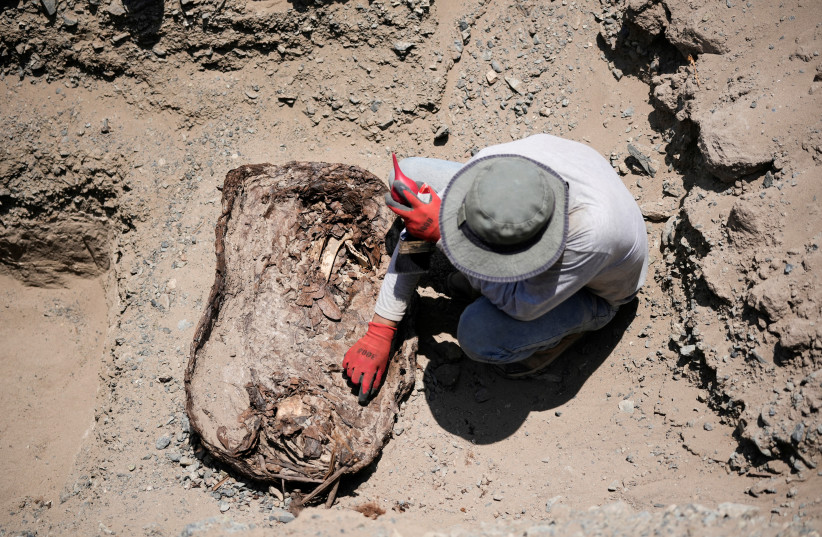Archaeologists from Jagiellonian University and the University of St. Mark have excavated the remains of a temple in Barranca, Peru.
Located on Cerro Colorado hill, four mysterious mounds were identified as spots with potential archaeological significance. The mounds were later revealed to contain human remains and a large structure.
The project to explore the area began in 2022, and the findings were announced in February of this year, Nauka W Polsce reported.
"Already during the first survey research, i.e. excavations on a very limited scale, we came across the remains of monumental architecture made of dried bricks and stone blocks" - said Łukasz Majchrzak, a bioarchaeologist on the project, according to Nauka W Polsce.
Spanish explorer Antonio De La Calancha, who died in 1654, reported that the area was plagued with witchcraft. He claimed the temple is where sorcerers would gather and that there was a witchcraft university. Calancha, who was also a clergyman, claimed that locals had been told off by a demon for consorting with him. In Europe, gods of other cultures were often described as demons.
On the highest mound, bodies were discovered wrapped in high-quality fabrics and painted.

"One of them (fabrics), 3 meters long, was decorated with zoomorphic representations and is unique - similar fabrics have not been found in the entire Andes so far," added Majchzrak, according to Nauka W Polsce.
The bodies were carbon-dated to be from 772 AD to 989 AD, which meant they were from the period of the Wari Empire. The structure was dated to be much later, from 2,500 BCE to 2,200 BCE.
“Andeans used to set up necropolises in abandoned places of worship. This was also the case here because the graves were dug into structures that were several thousand years older,” explained Majchzrak, according to Nauka W Polsce.
One of the bodies was identified as six-years-old. The skull had been purposefully made deformed. Two mounds have yet to be explored.
